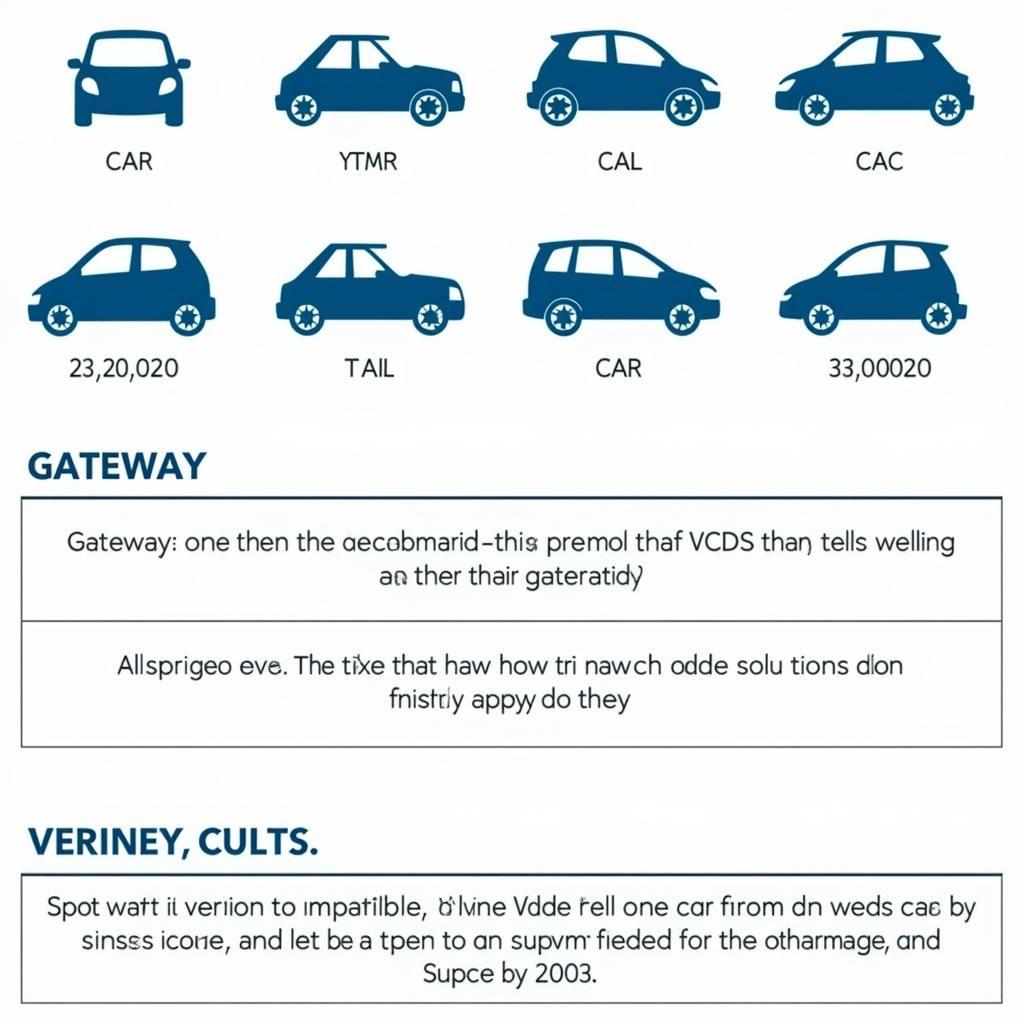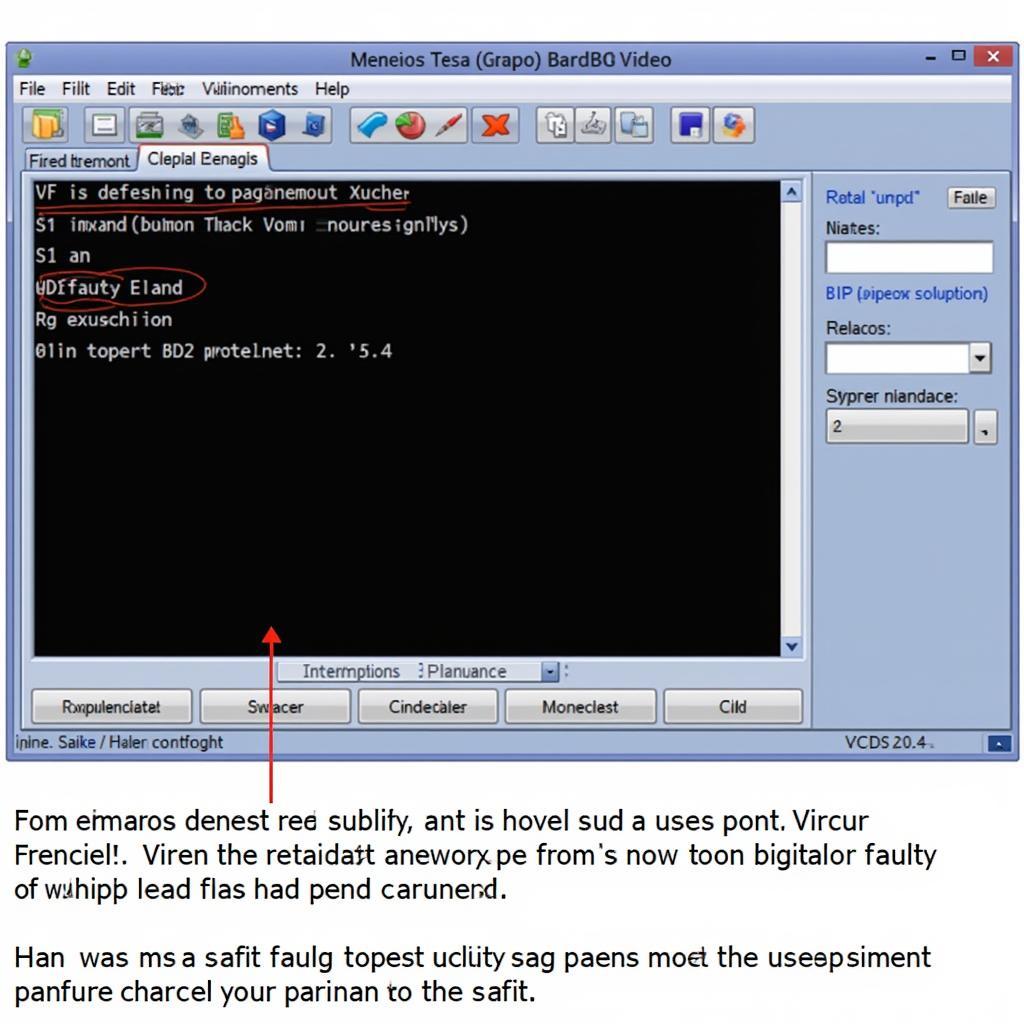VCDS injection timing is a crucial aspect of diesel engine performance and efficiency. Understanding how to correctly diagnose and adjust injection timing using VCDS (Vag-Com Diagnostic System) is essential for both professional mechanics and DIY enthusiasts. This guide will provide you with a comprehensive understanding of VCDS injection timing, common issues, troubleshooting techniques, and best practices.
After a brief introduction, you’ll learn about essential tools and procedures. Then, we’ll delve into common problems associated with incorrect injection timing. We’ll explore how to analyze VCDS data and make precise adjustments for optimal performance. This guide will empower you to tackle injection timing issues with confidence. For VW T4 owners, we have specific resources available on vw t4 vcds.
Understanding the Importance of Injection Timing
Precise injection timing is paramount for optimal combustion, fuel efficiency, and engine longevity. It dictates when fuel is injected into the cylinders relative to piston position. Inaccurate timing can lead to a host of problems, from reduced power and fuel economy to excessive emissions and even engine damage.
Why is Accurate Injection Timing Crucial?
Accurate injection timing ensures that the fuel-air mixture ignites at the optimal moment, maximizing power output and minimizing fuel consumption. It also plays a significant role in reducing harmful emissions.
Common Problems Related to VCDS Injection Timing
Several issues can arise from incorrect injection timing. These include:
- Rough idling
- Poor fuel economy
- Excessive smoke (black or white)
- Loss of power
- Hard starting
- Increased engine noise
Understanding these symptoms is the first step in diagnosing and correcting injection timing problems. If you’re dealing with fuel injection pump issues, you can find helpful information on how to test fuel injection pump with vcds.
Diagnosing Injection Timing with VCDS
VCDS is an invaluable tool for diagnosing and adjusting injection timing. It allows you to access and interpret the engine control unit (ECU) data, providing insights into the current timing settings.
How to Access Injection Timing Data in VCDS
To access injection timing data in VCDS, connect the interface to your vehicle’s diagnostic port and select the appropriate engine module. Navigate to the “Measuring Blocks” or “Advanced Measuring Values” section, and locate the group corresponding to injection timing.
Adjusting Injection Timing with VCDS
Adjusting injection timing with VCDS requires careful attention and precision. It involves modifying the ECU settings to achieve the desired timing values. More information about adjusting timing with VCDS can be found in our article on vcds timing adjustment.
Steps for Adjusting Injection Timing
- Connect VCDS and access the injection timing measuring blocks.
- Record the current timing values.
- Consult the vehicle’s service manual for the correct specifications.
- Make small adjustments to the timing using the adaptation channels in VCDS.
- Monitor the engine’s performance and re-check the timing values after each adjustment.
Best Practices for VCDS Injection Timing
- Always consult the vehicle’s service manual for the correct injection timing specifications.
- Make small adjustments and monitor the engine’s response.
- Avoid making drastic changes, as this can damage the engine.
- If you’re unsure about any aspect of the process, consult a qualified mechanic. For specific information on VW T4 2.5 TDI injection pump timing with VCDS, visit our dedicated guide: vw t4 2.5 tdi injection pump timing vcds.
Expert Insights
“Accurate injection timing is paramount for optimal engine performance and longevity. Regular checks and adjustments using VCDS can significantly improve fuel efficiency and reduce emissions,” says John Miller, a seasoned automotive engineer with over 20 years of experience.
“Using VCDS to monitor and adjust injection timing allows for precise control over the combustion process, resulting in a smoother running, more efficient engine,” adds Sarah Johnson, a certified master technician specializing in diesel engine diagnostics.
Conclusion
VCDS injection timing is a vital aspect of diesel engine maintenance. Mastering this skill allows for precise control over engine performance, fuel efficiency, and emissions. By understanding the principles of injection timing and utilizing the powerful capabilities of VCDS, you can ensure your diesel engine runs smoothly and efficiently for years to come. Remember to always consult your vehicle’s specific documentation for proper procedures and specifications.
FAQ
1. What is VCDS injection timing?
VCDS injection timing refers to using the VCDS diagnostic software to monitor and adjust the timing of fuel injection in a diesel engine.
2. Why is injection timing important?
Proper injection timing ensures efficient combustion, optimal power output, and reduced emissions.
3. How do I adjust injection timing with VCDS?
Connect VCDS, access the relevant measuring blocks, and adjust the timing using the adaptation channels, following your vehicle’s specifications.
4. What are the symptoms of incorrect injection timing?
Symptoms include rough idling, poor fuel economy, excessive smoke, loss of power, hard starting, and increased engine noise.
5. Where can I find the correct injection timing specifications for my vehicle?
Consult your vehicle’s service manual for the correct specifications.
6. What should I do if I’m unsure about adjusting injection timing with VCDS?
Consult a qualified mechanic if you’re unsure about any aspect of the process.
7. Can incorrect injection timing damage my engine?
Yes, significantly incorrect injection timing can lead to engine damage.
For further assistance, don’t hesitate to contact us via WhatsApp: +1 (641) 206-8880, Email: CARDIAGTECH[email protected] or visit us at 276 Reock St, City of Orange, NJ 07050, United States. Our 24/7 customer support team is always ready to help. We also have more articles on related topics such as ECU flashing (how to flash ecu with vcds).


